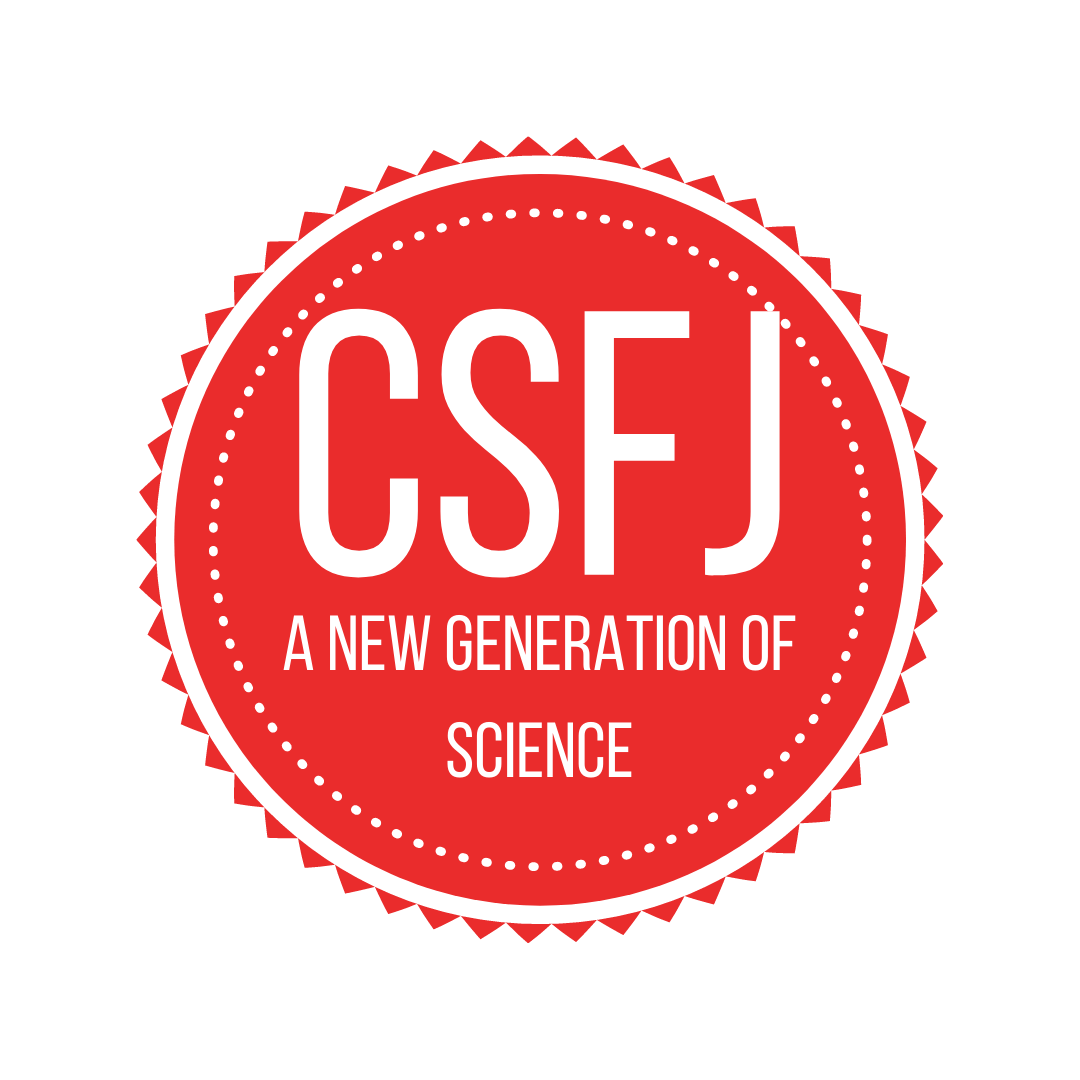November 2020
Volume 3 Issue 3
This month, read about food waste-based packaging alternatives, the use of magnetohydrodynamics to preserve aquatic ecosystems, innovative treatments for joint trauma, green catalytic technology, and much more!
by: Baljot Singh Rai
Low-Density Polyethylene is a type of plastic which is extremely flexible and is also resistant to impact, moisture and many hazardous chemicals. It is often used to make grocery bags. The applications of Bisphenol S, a toxic compound, is known to cause cardiovascular issues, reproductive issues as well as many other health complications. In this study I was determined to observe the presence of Bisphenol S in Low-Density Polyethylene Grocery Bags.
By: Arhona Bhadra
The purpose of this project was to find the most effective thickness of the shock-absorbing layer (SAL) of a helmet. The motivation of this project was derived from the fact that motorcycle and sports accidents are one of the major health and safety problems in today’s world.
By: Subashini Thangadurai
Catalysts are a substance that speeds up the process of a chemical reaction without undergoing a permanent chemical change. The application of catalysts can be used to create an energy conscious sustainable design for a community’s transportation, housing, agriculture, and material usage. In this review article, catalysts are described in connection to fuel cell technology processes and industrial usage, where they are implemented to help mitigate greenhouse gas emissions.
By: Chloe Liang
The purpose of this study is to determine whether Alberta advanced bladder cancer patients in the real-world setting treated with immunotherapy during the immunotherapy era (2016-2019) have longer overall survival rates compared to patients treated during the pre-immunotherapy era (2002-2016).
by: Vesa Barileva
With the ever-increasing amount of wasted food and global demand for packaging films, creating sustainable solutions that replace petroleum-based packaging while incorporating food waste reduces the impact of both problems. This research investigates whether food packaging films produced from industrial food waste, such as shrimp shells, can display comparable or even superior properties to those of traditional petroleum-based films.
by: Braxton H. F. Chan
Osteochondral defects (OCD) refers to a focal area of damage over the surface of an articular joint resulting in the loss of cartilage and bone. This is the result of acute trauma or an underlying bone disorder. This creates a painful joint. The purpose of this project is to help patients with an Osteochondral defect. By taking advantage of its physical and biological properties, fibrocartilage may be an ideal autologous tissue to transplant into osteochondral defects.
by: Han Ru Liu & Xinyue Guo
Designed to protect marine life and to reduce the amount of noise and pollution produced by motorized propellers, this research focuses on the creation of a magnetohydrodynamic propulsion system. It uses the notion of magnetohydrodynamics (MHD), which studies the behaviour of electrically conductive fluids when subjected to a magnetic field. This system is powered by the Lorentz force, the perpendicular combination of electric and magnetic forces.








